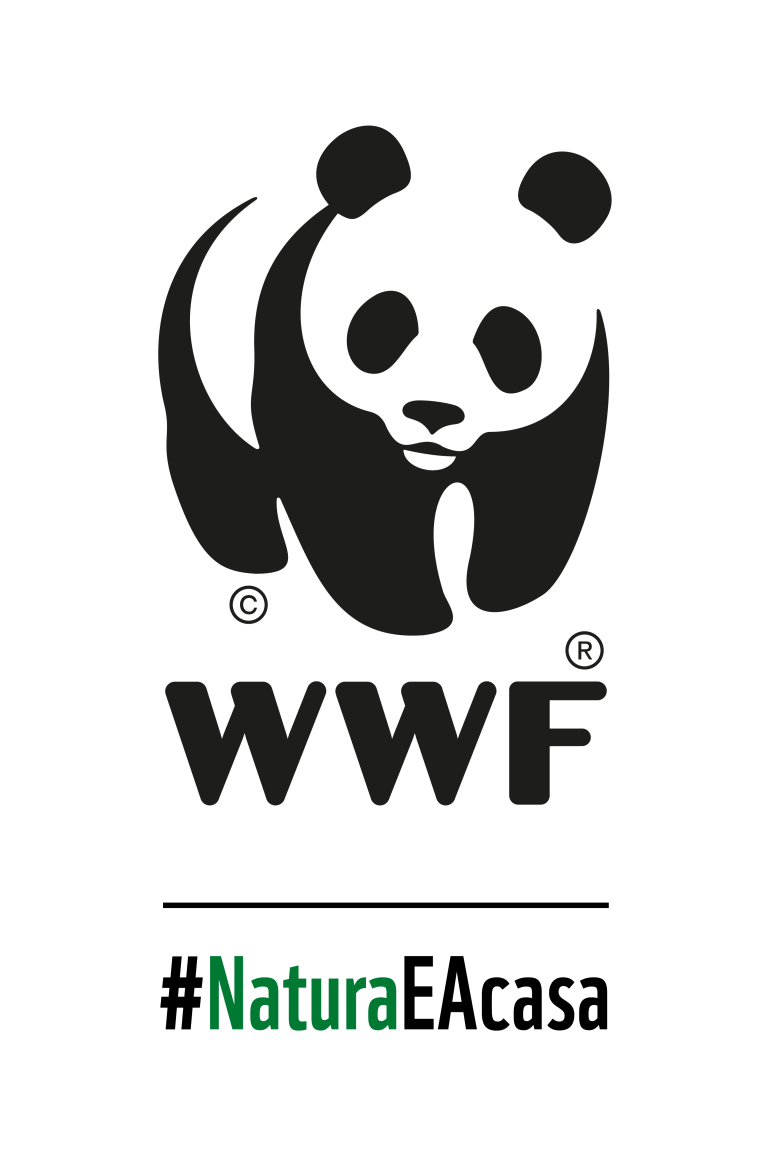Cooperating for safeguarding biodiversity and ensuring viable human - wildlife coexistence in the Slovakia - Romania - Ukraine transboundary area
The Carpathians are one of Europe’s most important natural areas, home to a diverse range of plants and animals, and serve as a vital wildlife corridor. However, the region faces significant challenges, including habitat destruction and human-wildlife conflict. The COOP4SAFE project aims to address these issues by protecting natural habitats and creating solutions for peaceful coexistence between humans and wildlife.
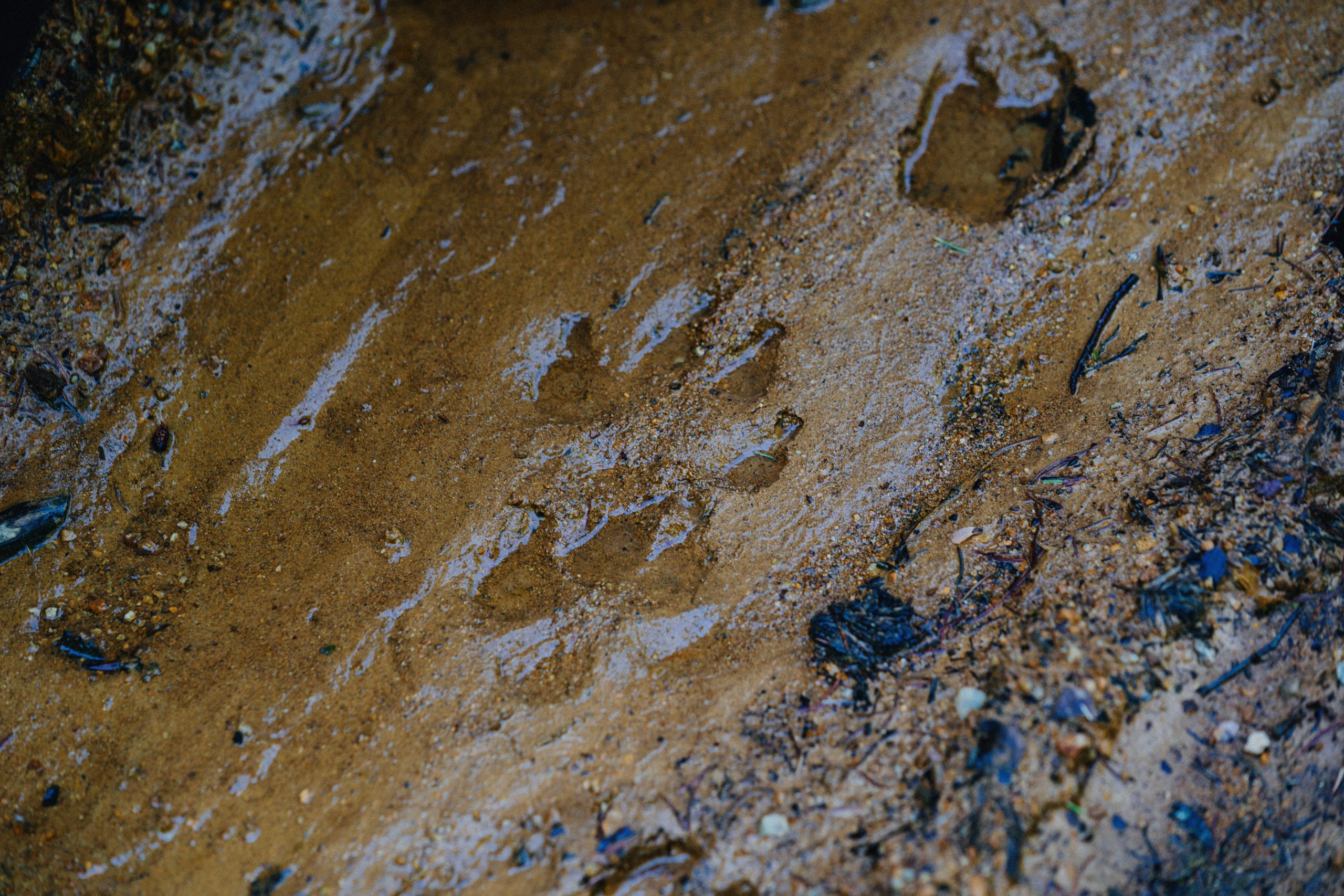

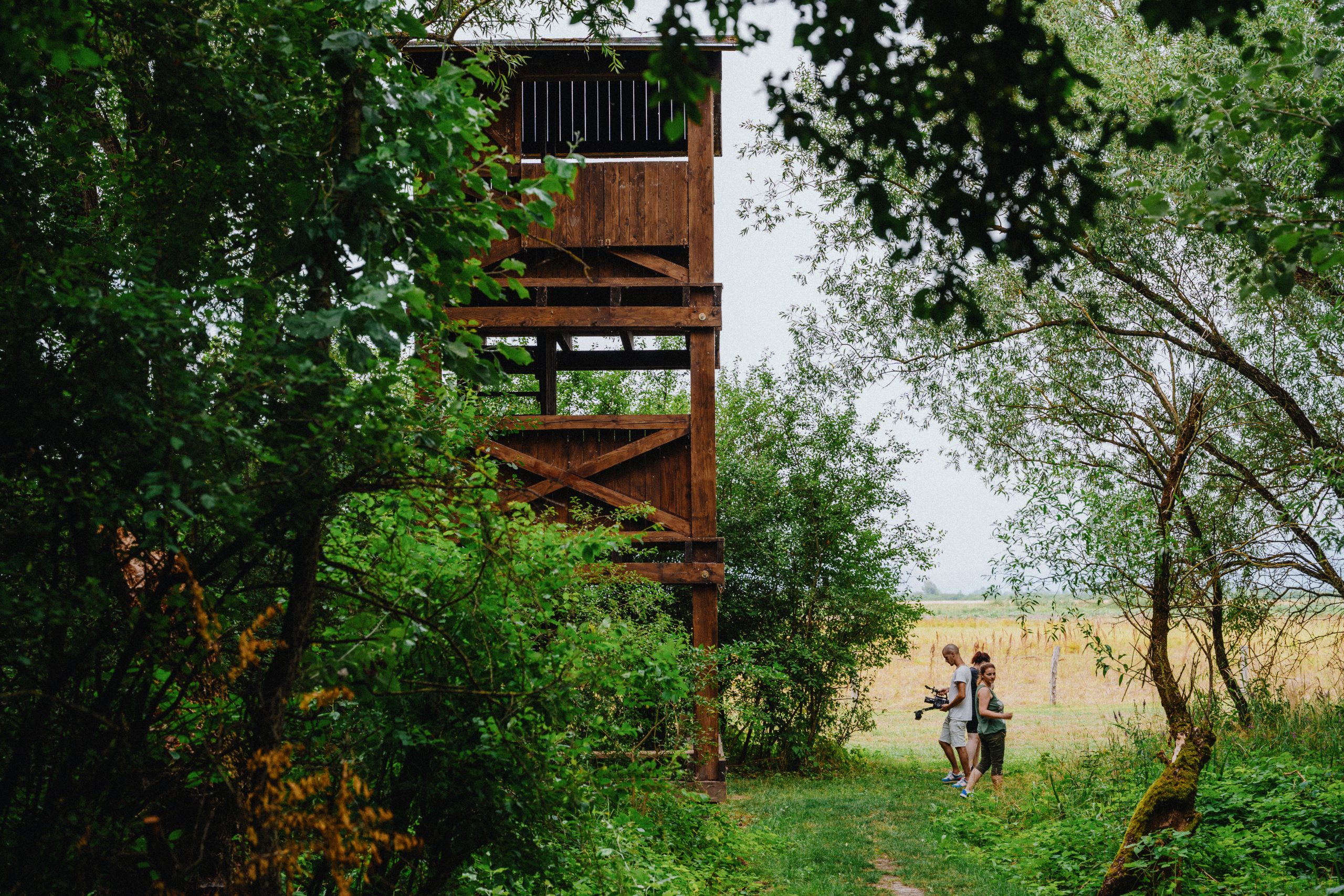
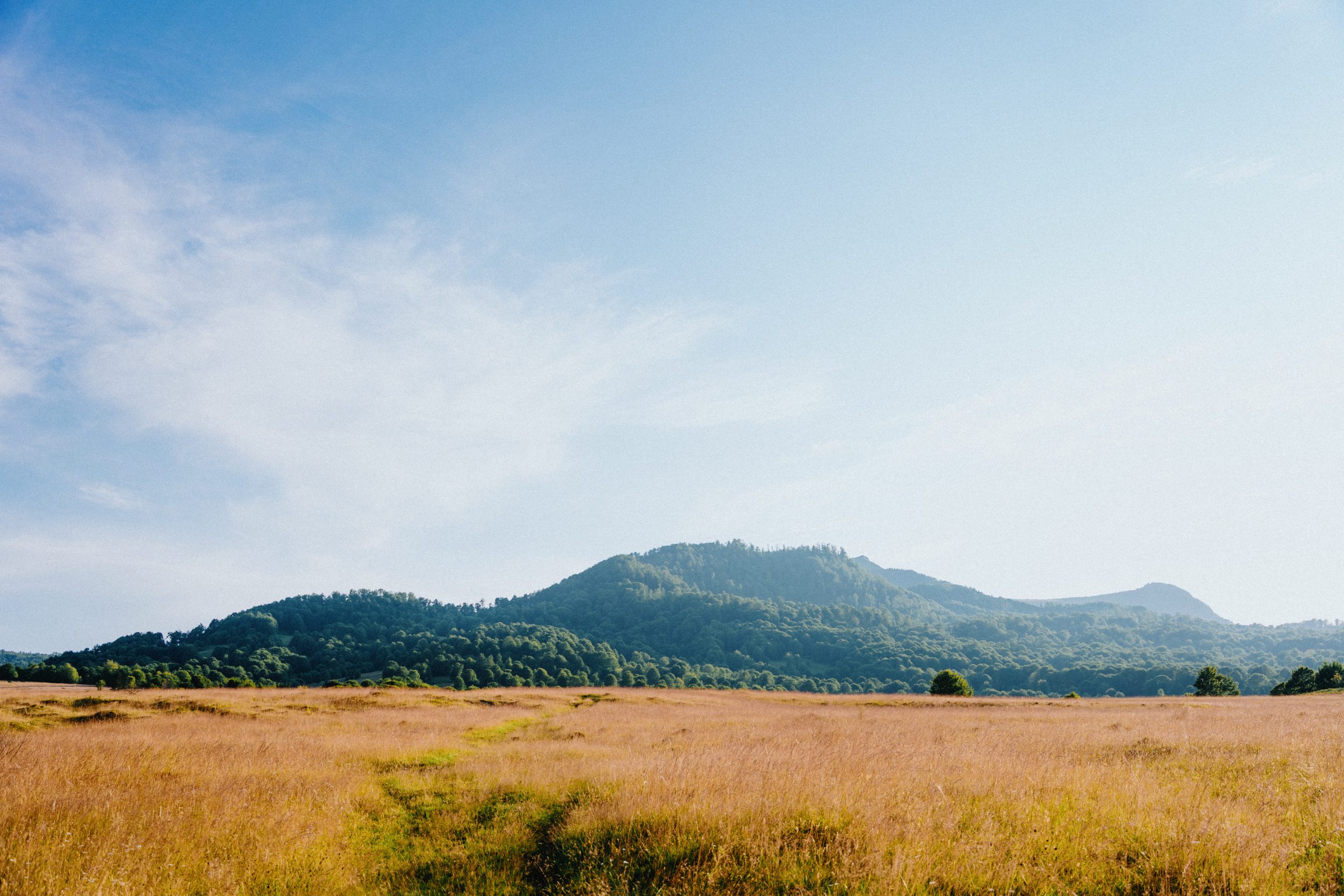
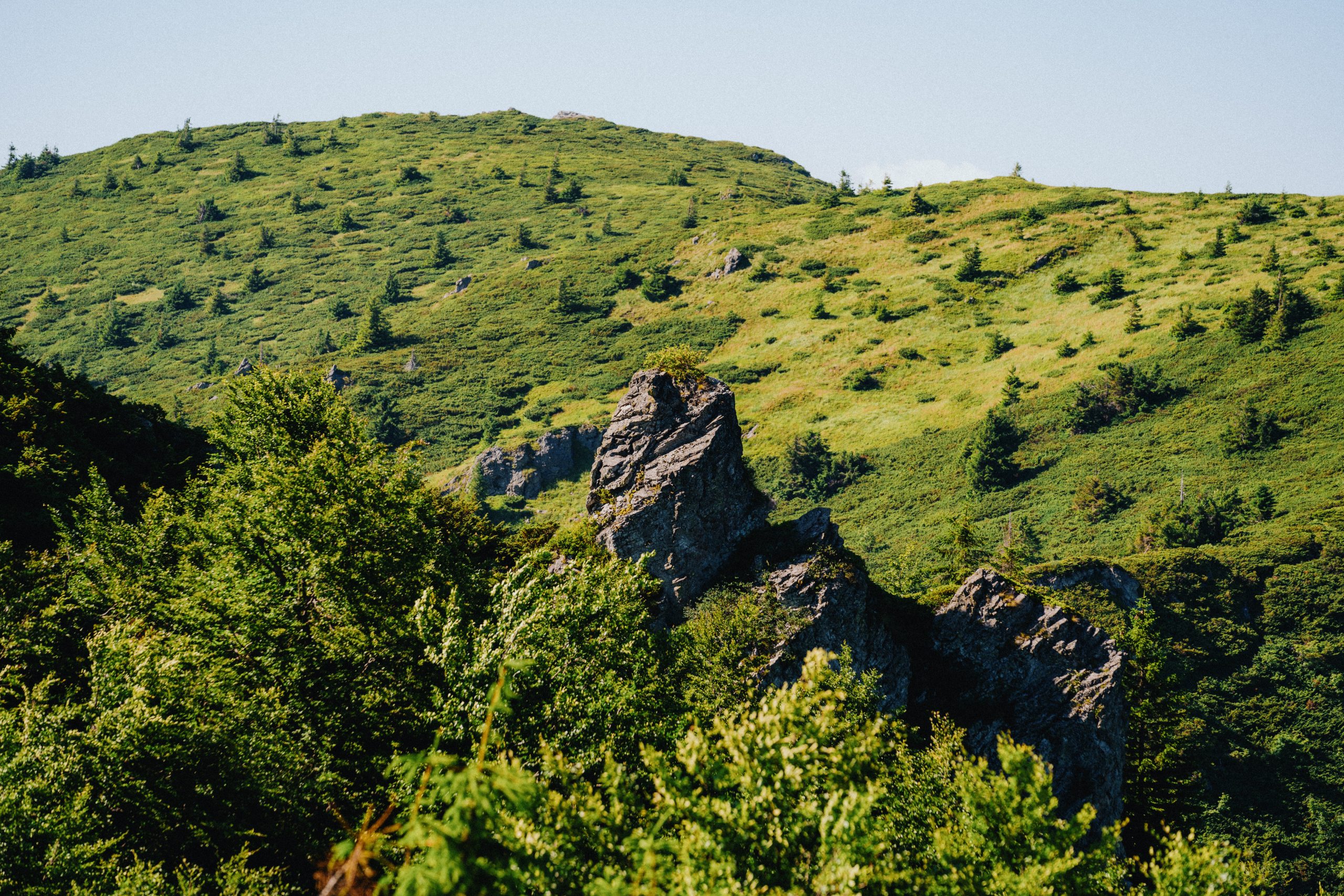
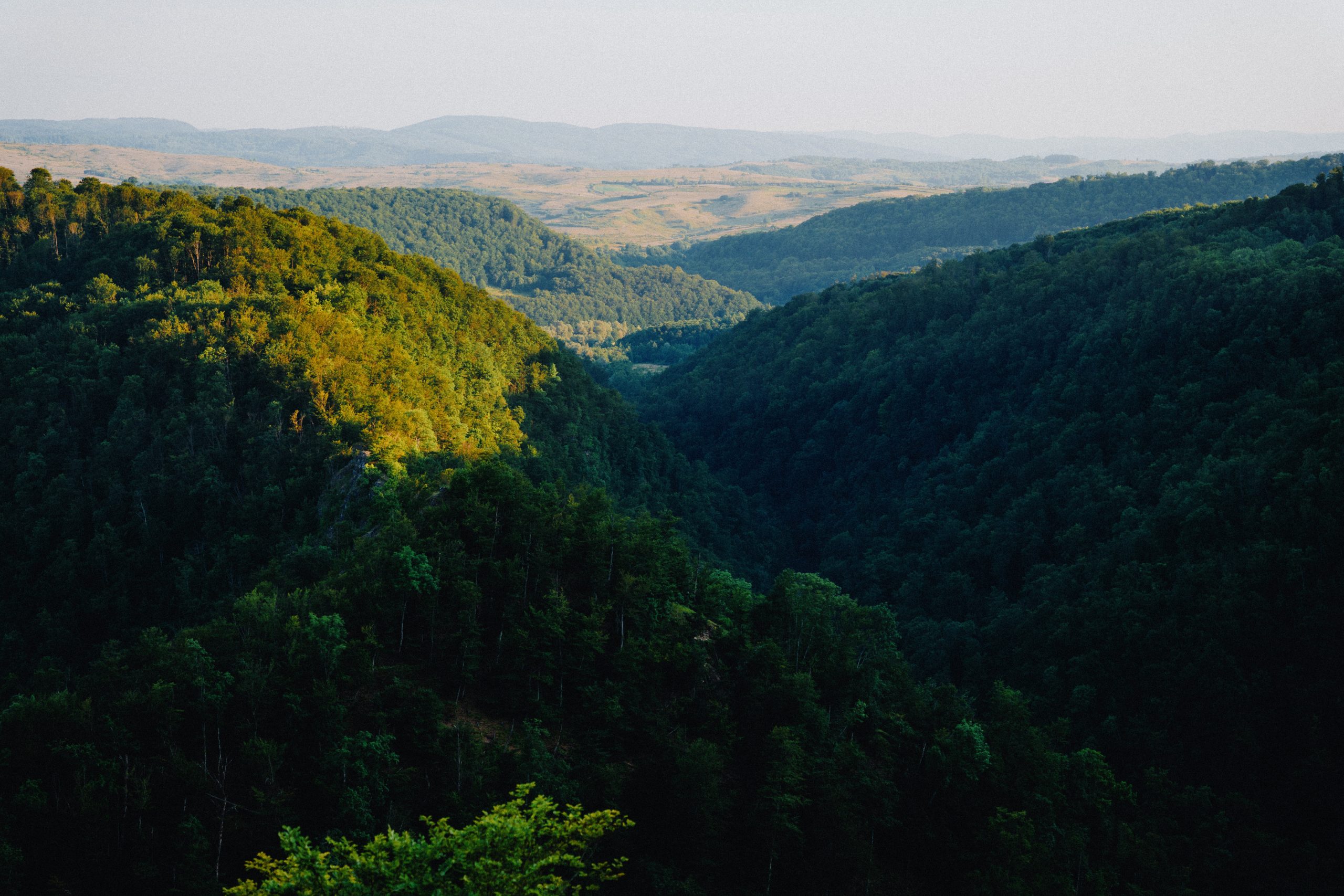
PROJECT OBJECTIVES
The project focuses on three main objectives:
- Developing a comprehensive data collection and monitoring system to assess biodiversity and human-wildlife conflicts.
- Piloting nature-based solutions to restore habitats and enhance ecological connectivity.
- Co-designing, testing, and promoting tools for preventing human-wildlife conflicts.
ACTIVITIES
The project will establish cross-border cooperation among relevant stakeholder organizations in the transboundary area of Slovakia, Romania and Ukraine, aiming to ensure the protection of favorable habitats for wildlife – large carnivores – such as brown bear, wolf and lynx, as umbrella species, including the maintenance of ecological connectivity. This fosters benefits for both wildlife and local communities.
Key actions will include:
- Developing a collaborative (citizen science) and comprehensive data collection, monitoring, and reporting system to assess biodiversity status, focusing on habitat coverage and human-wildlife conflicts
- Piloting Nature Based restoration actions to ensure optimal habitats and ecological connectivity
- Co-designing, testing/implementing and promoting human-wildlife conflict prevention tools
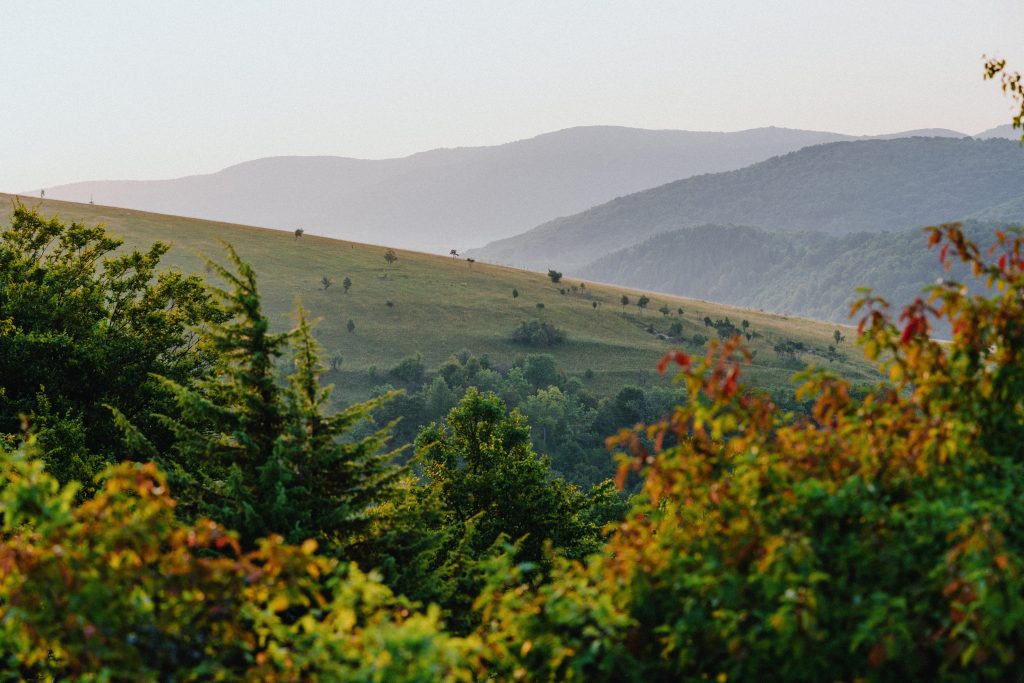
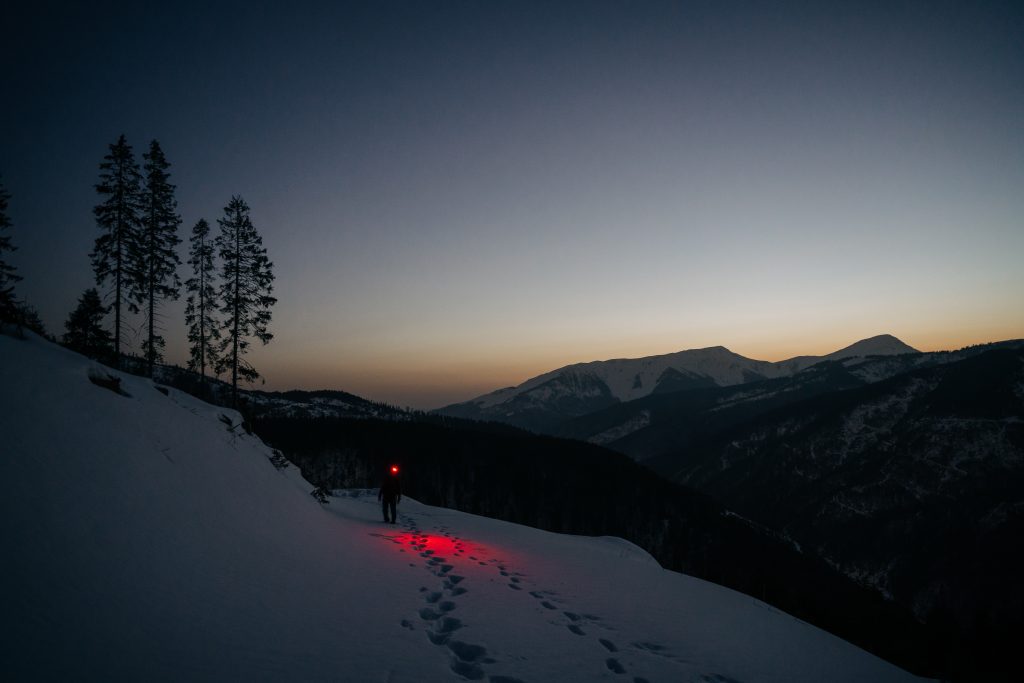

SPECIFIC ACTIVITIES:
- Assessing the forest habitats spatial changes due to successional processes and abandonment of traditional land use in Romania and co-developing RO-UA harmonized protection management measures
- Data collection, assessment and monitoring of wildlife presence (Large Carnivores) to design early warning system on Human Wildlife Conflicts in transboundary area of Romania and Ukraine
- Encourage citizen science initiatives to gather biodiversity data in the transboundary region of Slovakia, Romania and Ukraine/SKROUA
- Implement restoration measures to improve mosaic of habitats for large carnivores as umbrella species and maintain connectivity (natural pasture & forest edge restoration in pilot site in Romania
- Participatory design of the framework for harmonization between the establishment of quiet areas for wildlife in hunting grounds and overlapping forest management activities in Romania
- Enhance the capacity of a specialized intervention unit for prevention of Human Wildlife Conflicts in Romania
- Strengthening competencies and skills – capacity building, transfer of knowledge, practices – for key stakeholders in Romania and Ukraine for effective intervention in case of human-wildlife conflicts
- Test, promote and advocate results and instruments for prevention of conflicts as well as enhance a cooperation mechanism in the transboundary area of Slovakia, Romania and Ukraine
- Co-develop and engage youngsters in educational programmes on wildlife conservation in Slovakia, Romania, and Ukraine to promote the importance of viable coexistence
- Communication on the role of large carnivores in the ecosystem as well as importance of human-wildlife conflict prevention mechanisms
Start date of the project: 01.01.2025
End date of the project: 31.12.2026
Total EU contribution: 832 134.87 EUR
Photo credit: Matei Plesa
Description of the Programme
The Interreg VI-A NEXT Hungary-Slovakia-Romania-Ukraine Programme is part of the 2021-2027 European Union financial framework, governed by EU Cohesion Policy. The Programme aims to foster the development of the Hungarian-Slovak-Romanian-Ukrainian border region with a particular focus on the Ukrainian areas. It includes the following territorial units: Szabolcs-Szatmár-Bereg and Borsod-Abaúj-Zemplén counties in Hungary; Košický kraj and Prešovský kraj in Slovakia; Maramureș, Satu-Mare, and Suceava counties in Romania; Zakarpattia, Ivano-Frankivsk, and Chernivtsi oblasts in Ukraine. The Programme supports EU-funded solutions to shared challenges, ensuring a resilient, green, healthy, and cooperative border region. It focuses on climate change adaptation, equal access to healthcare, biodiversity enhancement, sustainable tourism, and cross-border cooperation.
For more information, visit: https://next.huskroua-cbc.eu/
This webpage was created and maintained with the financial support of the European Union. Its contents are the sole responsibility of WWF-Romania and do not necessarily reflect the views of the European Union.
Contact Information
Cristina Curelea – Communication Expert, WWF-Romania
Email: [email protected]
Phone: +40 730 098 105
Alexandra Verdeș – Project Manager, WWF-Romania
Email: [email protected]
Phone: +40 743 923 493
